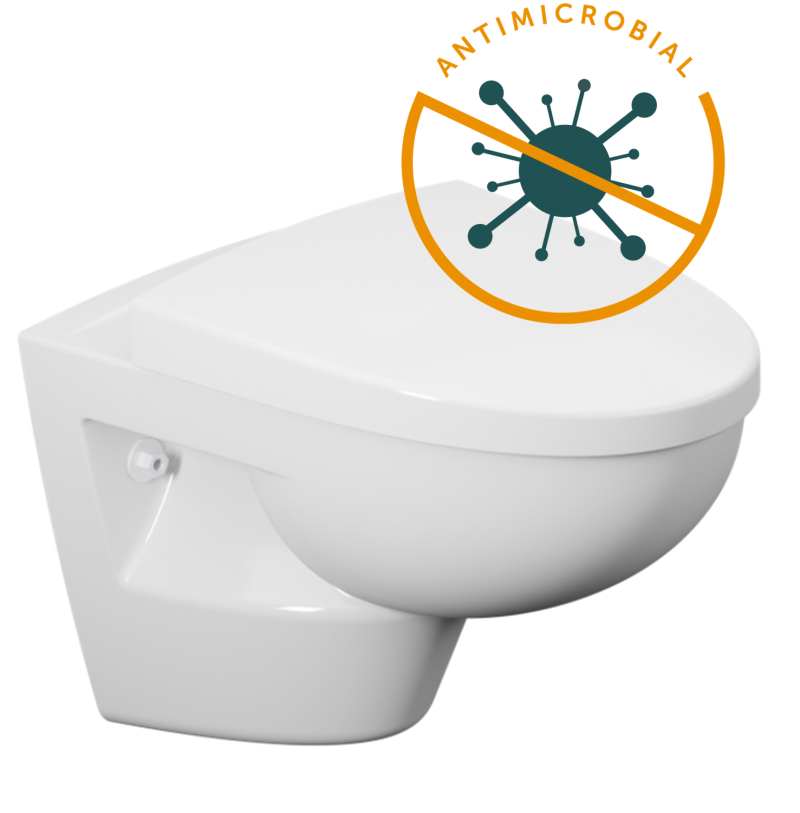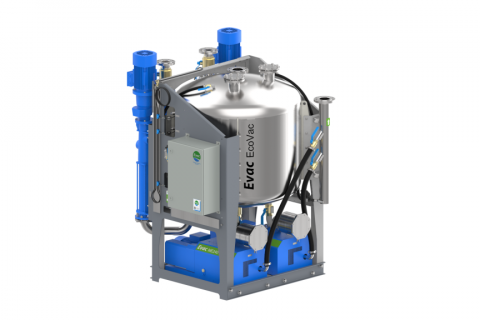Vacuum collection
Evac vacuum solutions include water-saving vacuum toilets, vacuum generation units and vacuum collection units.
What is Evac vacuum technology?
Vacuum generation units collect wastewater and condensate water by vacuum pumping it into a sewage treatment plant or collection tank. The latter are used to collect black water, which is waste from toilets and urinals, and gray water, which is waste from sources like washbasins, sinks, and showers. Vacuum collection units are also used in conjunction with freezer and refrigeration equipment to collect condensate water.
How do vacuum collection systems work?
Evac vacuum collection systems are based on vacuum pumps and comprise three main elements: appliances such as toilets and washbasins, piping, and the collection units. The generation units generate the vacuum in the piping using a vacuum pump. When a toilet is flushed, the higher-pressure atmospheric air flows into the lower-pressure piping through the toilet. The air travels at high velocity because of the pressure difference, carrying the wastewater with it.
Typically, one toilet flush transports the wastewater between 10 and 20 meters. When the toilet is flushed again the wastewater moves another 10 to 20 meters until it finally reaches the collection unit. From here, it is pumped into a holding tank or sewage treatment plant in the case of ships, or into the municipal sewage system in a building.
Evac’s vacuum toilets offer significant water savings and hygiene benefits
The Evac vacuum toilet offers up to 90% saving on flushing water compared to a standard toilet. Evac vacuum toilets use only 1.2 liters/0.3 gallons of water per flush, compared to 4-9 liters/1-2.4 gallons per flush for dual-flush gravity toilets.
Evac vacuum toilets also suck 60 liters/2.1 cft of air per flush, making them more hygienic than traditional toilets.

Watch a video introducing benefits of vacuum technology
Vacuum technology has been around for over 40 years now, empowering designers to make bolder and more cost-effective design choices and simplifying construction challenges. Vacuum systems collect wastewater in a future-proof way with minimal energy and water consumption.
Key benefits compared to traditional drainage systems
- The volume of water consumed by the system is significantly lower
- With no need for a continuous slope, wastewater can be routed around obstacles from above and transported horizontally, providing excellent flexibility in terms of system layout
- Vacuum collection systems enable significant space savings as pipe diameters are much smaller
- Vacuum toilets are more comfortable and hygienic as they effectively remove odors and mists.
- There is no risk of wastewater leaking from the system as a pipe breach results in air leaking into the pipe rather than wastewater leaking out
- Building conversion, underground installation, store remodeling, or historical building renovation are much easier and more cost effective. Vacuum collection systems offer excellent design flexibility and do not require lift pump stations with multiple collection point underground.
- On board ships and offshore installations, vacuum collection systems save space, water and weight.
Our sustainability spearhead product: Evac EcoVac
Evac EcoVac vacuum unit with energy-efficient, high vacuum capacity, and innovative vacuum stabilizing system is easy to upgrade when necessary.
